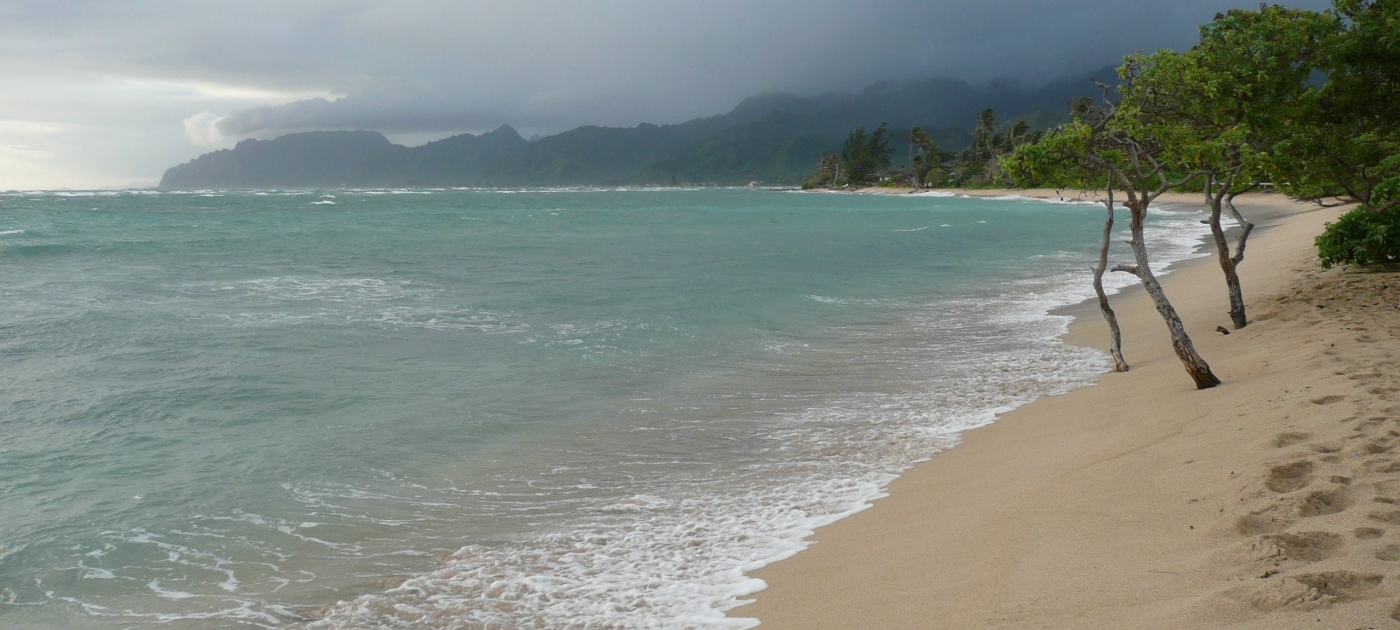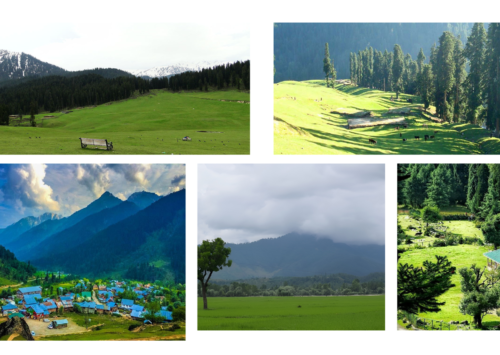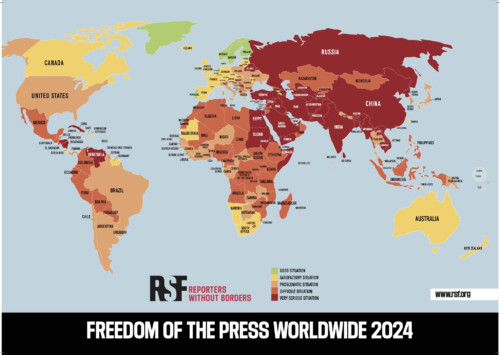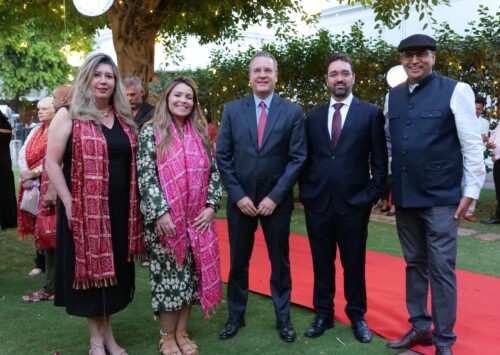UNEP worried over 6 billion tonnes of marine sand extraction

UNEP's data platform warns that 6 billion tonnes of marine minerals extracted annually harm coasts and biodiversity
One of the largest threats to the already fragilised global marine ecosystem is posed by the global marine dredging industry that digs over 6 billion tonnes of sand and other sediments each year, significantly impacting biodiversity and coastal communities.
According to a report by the United Nations Environment Programme, the first-ever global data platform on sand and other sediment extraction in the marine environment over the extraction is equivalent to 1 million truckloads of sand every day.
The report by UNEP says that the new data platform, Marine Sand Watch tracks and monitors dredging activities of sand, clay, silt, gravel, and rock in the world’s marine environment, including hotspots like the North Sea, South East Asia, and the East Coast of the United States.
The new platform provides information on areas used for sand extraction, areas of capital and maintenance dredging, sand trading ports and hubs, number of vessels and operators, and extraction of sediment and other types of activities by countries with Exclusive Economic Zones. The Marine Sand Watch cannot yet detect artisanal and very small-scale mining along very shallow coastlines, despite its intensity in some regions, says a press statement by UNEP.
The Marine Sand Watch estimates that between 4 and 8 billion tonnes of sand and other sediments are dredged every year in the marine and coastal environment. Furthermore, data analysed for the years 2012-19 shows the scale of dredging is growing. “We are approaching the natural replenishment rate of 10 to 16 billion tonnes per year which is needed by the world’s rivers to maintain coastal and marine ecosystem structure and function. This is especially concerning for regions where dredging is more intense and extraction already substantially surpasses the sediment budget from land to sea,’’ says the statement.
Shallow sea mining for sand and gravel is central to various construction activities. UNEP says that it poses a threat to coastal communities in the face of rising sea levels and storms, as marine sand will be needed to build coastal defences, and support offshore energy infrastructure such as wind or waves turbines.
Sand extraction puts coastal and seabed ecosystems at risk, including marine biodiversity affected by water turbidity and changes in nutrient availability and noise pollution. Coastal or near-shore extraction can also affect the salinization of aquifers and future tourist development.
UNEP says that international practices and regulatory frameworks vary widely. Some countries, including Indonesia, Thailand, Malaysia, Vietnam, and Cambodia, have banned marine sand export in the last 20 years, while others lack any legislation and/or effective monitoring programmes.
In its 2022 Sand and Sustainability report, UNEP calls for better monitoring of sand extraction and use, the report recommended to stop the sand extraction on the beaches and active beach-nearshore sand system for the purpose of mining sand as a resource and to establish an international standard on sand extraction in the marine environment.
“The scale of environmental impacts of shallow sea mining activities and dredging is alarming, including biodiversity, water turbidity, and noise impacts on marine mammals. This data signals the urgent need for better management of marine sand resources and to reduce the impacts of shallow sea mining,” says Pascal Peduzzi, Director of GRID-Geneva at UNEP.
“UNEP invites all stakeholders, Member States and the dredging sector to consider sand as a strategic material, and to swiftly engage in talks on how to improve dredging standards around the world,” he adds.
The statement adds that UNEP/GRID-Geneva plans to further refine the data and develop a new version of the platform to be able to move toward near real-time monitoring and improve detection capacity closer to 100 pc of the dredging vessels, and better differentiate between the classes of vessels and related activities.
This initiative is supported by the University of Geneva, with funding from the Swiss Federal Office for the Environment and the German Federal Ministry for the Environment. The platform builds on research that UNEP/GRID-Geneva has been conducting with its research partners, Global Fishing Watch and the University of California Santa Barbara.









